Introduction
Imagine lifting a delicate porcelain cup and watching golden blossoms bloom in hot water, releasing a soft, floral fragrance. This is chrysanthemum tea known in Japanese as kiku-cha (菊茶). More than just a soothing beverage, it is a drink deeply rooted in Asian wellness traditions, cherished for its gentle flavor, visual beauty, and potential health benefits.
In Japan and across East Asia, chrysanthemum (Chrysanthemum morifolium) has been admired for centuries as a symbol of longevity, purity, and seasonal beauty. Today, chrysanthemum tea is enjoyed both as a daily comfort and as a seasonal ritual, an infusion that refreshes body and mind while connecting us to timeless cultural practices.
Health Benefits of Chrysanthemum Tea
Note: Chrysanthemum tea is not a cure-all. The points below reflect traditional use and research that suggests potential benefits.
- Cooling effect (ryōsei, 涼性): In traditional Chinese medicine, chrysanthemum is valued for its cooling properties, believed to help balance internal qi (vital energy) and ease internal overheating.
- Calming effect: Naturally caffeine-free; many enjoy it in the evening for relaxation.
- Blood pressure & cholesterol: Studies show potential support for healthy circulation and cholesterol management.
- Fever, sore throat, inflammation: Sipped as a home remedy to ease seasonal discomfort.
- Vitamins A and C: Trace amounts may contribute to eye health, skin vitality, and immunity.
Tip: Serve chrysanthemum tea in a handcrafted Japanese teacup (yunomi, 湯のみ). The warmth of clay or porcelain enhances the sensory calm of each sip.
How to Make Chrysanthemum Tea at Home
Ingredients
- 5–6 dried chrysanthemum flowers (C. morifolium)
- 1 cup hot water (about 90 °C / 194 °F; avoid a rolling boil)
Method
- Rinse the dried flowers briefly to remove dust.
- Place them in a teapot with built-in strainer (or use a tea strainer, cheesecloth pouch, or a teabag).
- Pour hot water over the flowers and steep 3–5 minutes, until the blossoms open fully and the color of the tea turns golden.
- Pour into cups and enjoy the gentle aroma and floral flavor.
Variations
- Chilled: Brew a stronger batch, let it cool, then refrigerate. Ideal for summer; you can also lightly chill glasses beforehand.
- Mix-ins: Add goji berries, honey, or rock sugar for a subtly sweet note.

Nutritional Information
Chrysanthemum tea is naturally low in calories and carbohydrates, with minimal sodium and small amounts of calcium. Trace vitamins A and C offer antioxidant support. Exact nutrition facts vary by brands purchased and any sweeteners added. For precision, consult product labels, use a nutrition calculator, or brew with fresh ingredients and measure your additions.
Taste Profile: Gentle and Floral
- Aroma: Light, sweet, and meadow-like.
- Flavor: A delicate floral flavor that can become a strong and persistent flavor with longer steeping.
- Color: Pale yellow to golden amber.
-
Different kinds of chrysanthemum teas:
- Closed or half-opened flower buds: Fresher, milder taste.
- Fully dried flowers: Richer, slightly sweeter brew.
Personal Tips and Advice
In many families, chrysanthemum tea is a matriarch’s favorite home remedies for seasonal transitions, sore throat, or feelings of internal overheating. A few practical ideas:
- Choose quality: Whole, intact dried flowers with vibrant color.
- Seasonal serving: Enjoy chilled in summer for its traditional cooling properties.
- Teaware matters: A simple tea strainer or a favorite teapot with built-in strainer makes daily brewing effortless. Consider authentic Japanese handcrafted cups, bowls, or small plates to turn a quick infusion into a mindful ritual at home.

Conclusion
Whether you’re drawn to its potential wellness benefits like a gentle calming effect and traditional cooling effect, or simply its elegant floral flavor, this golden brew invites reflection and seasonal appreciation.
To bring this ritual into your daily life, try brewing at home and serving in authentic Japanese teaware. A handcrafted cup or teapot transforms each sip into an experience, one that connects you to nature, craft, and tradition.


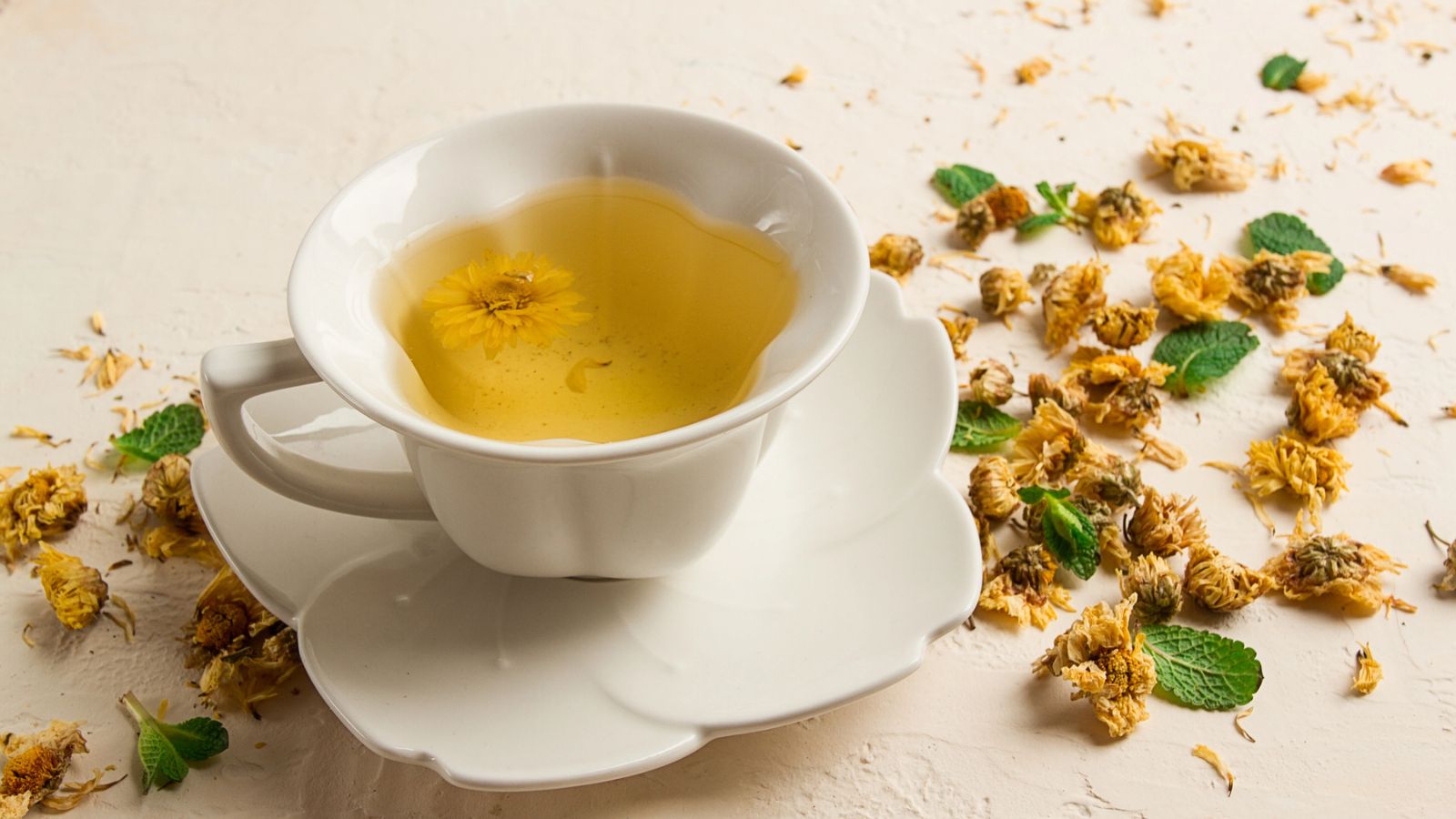

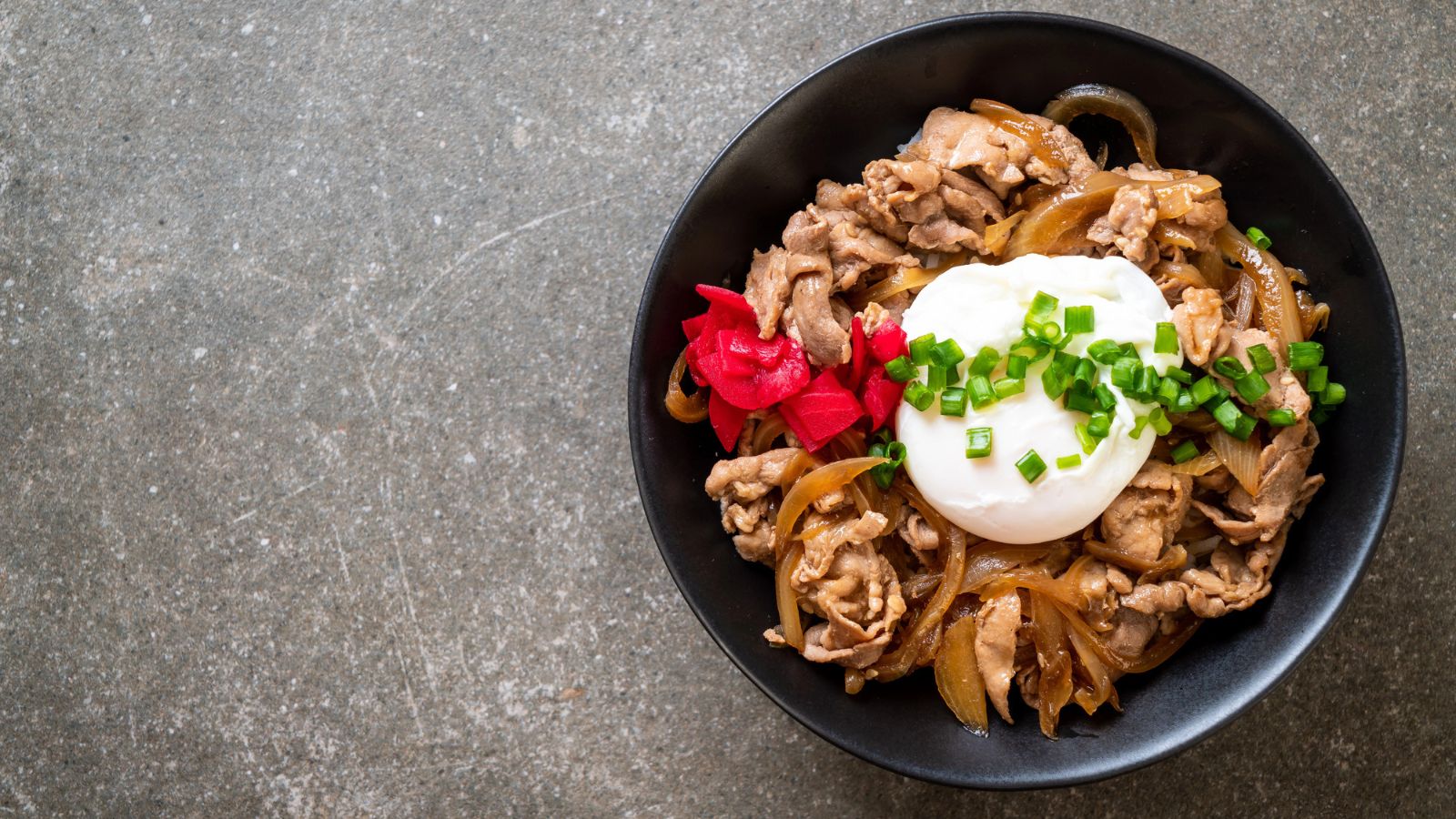
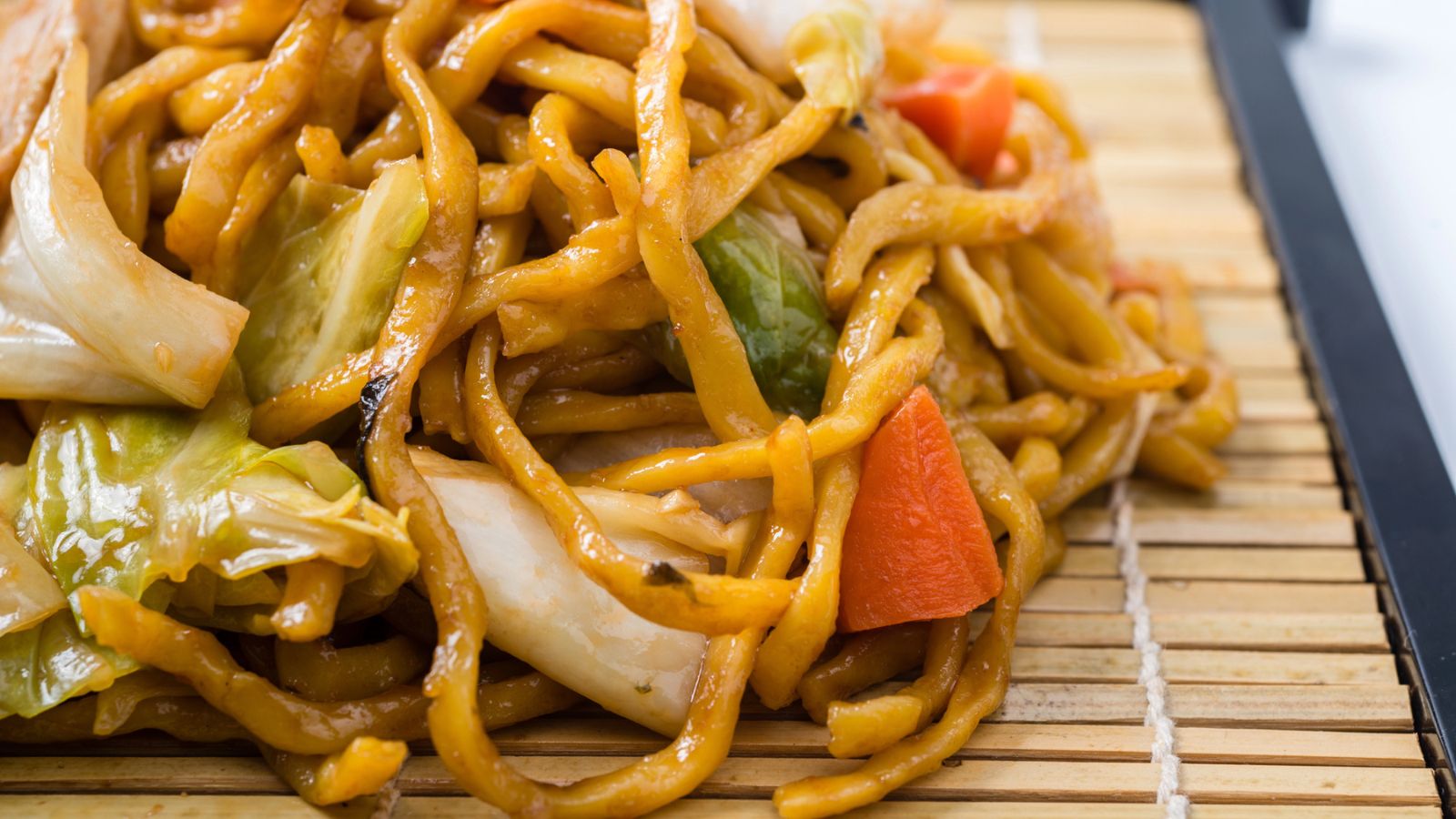

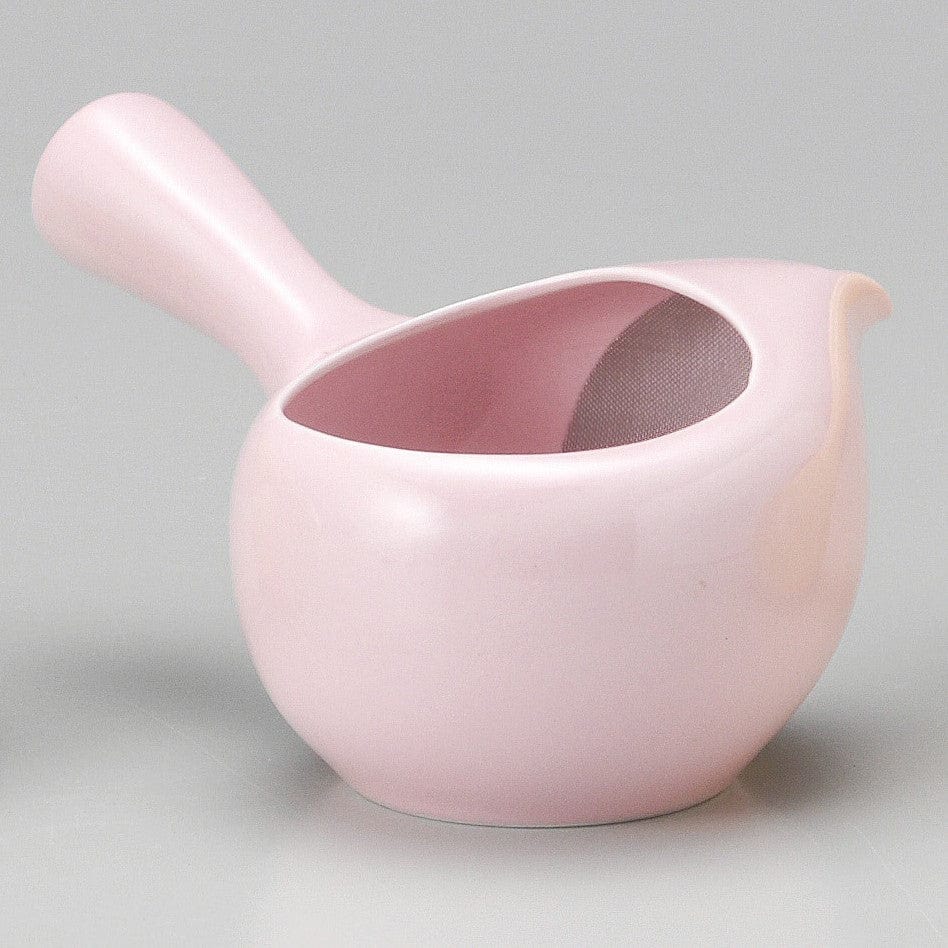
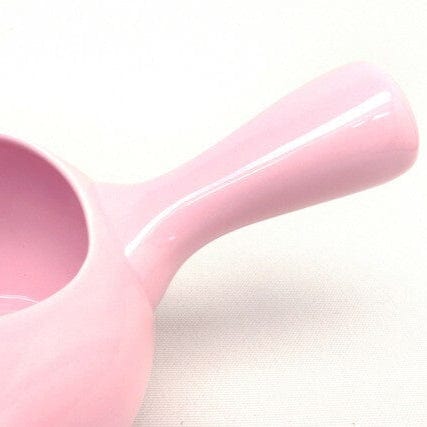
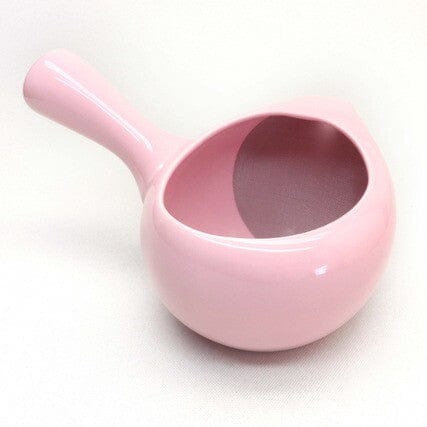
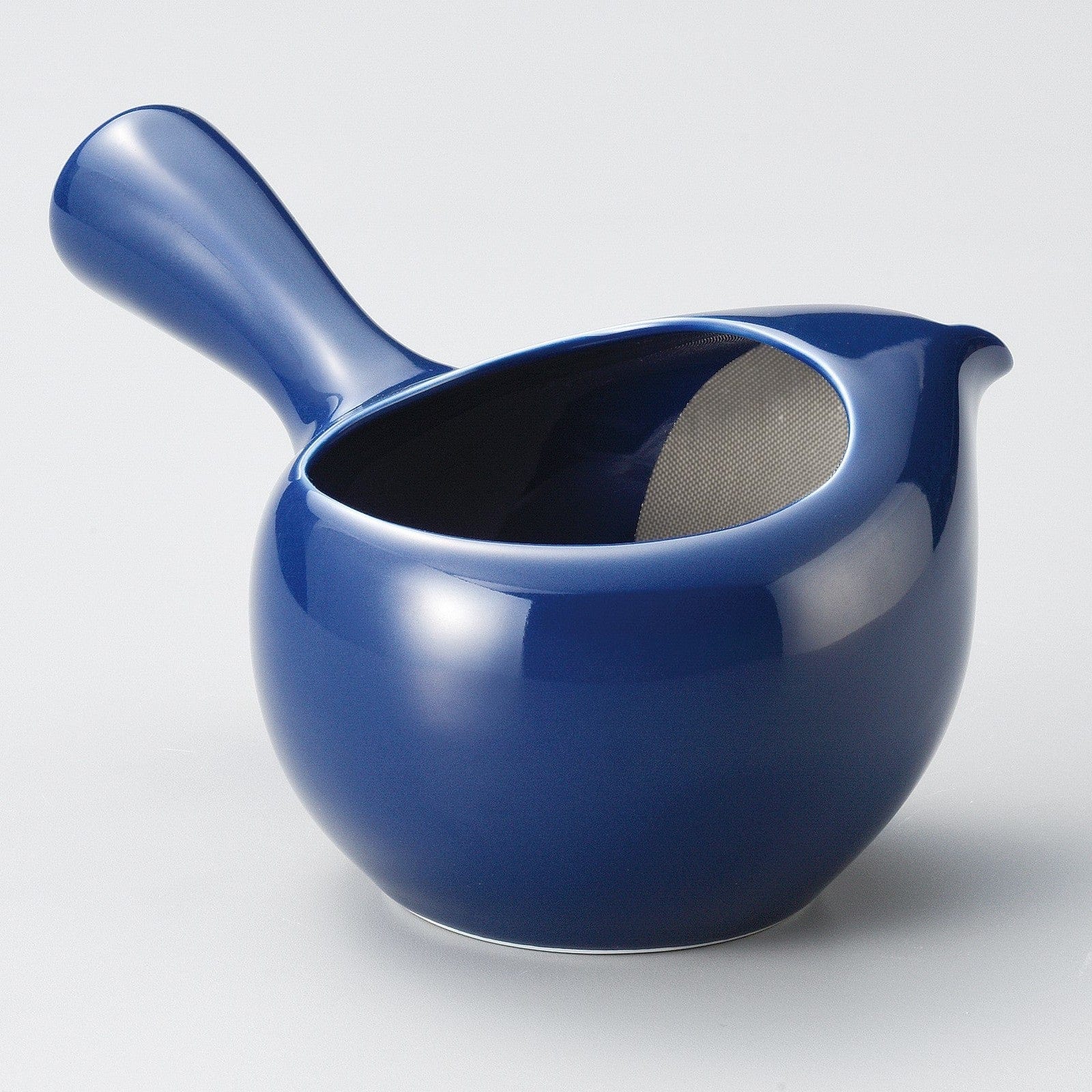
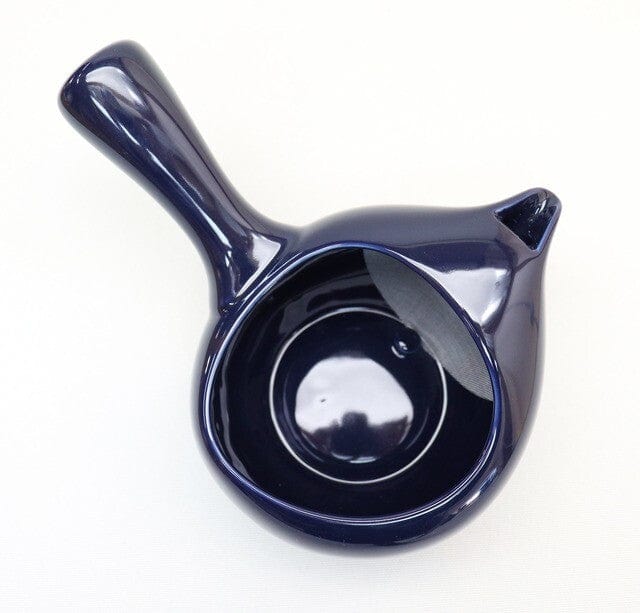

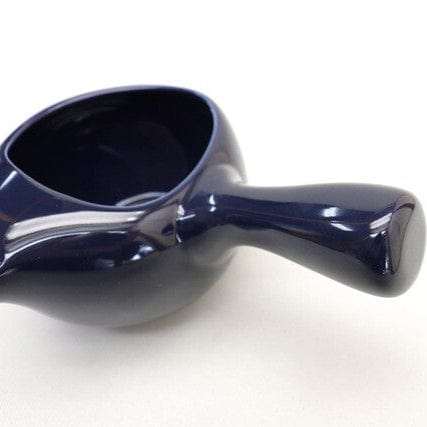
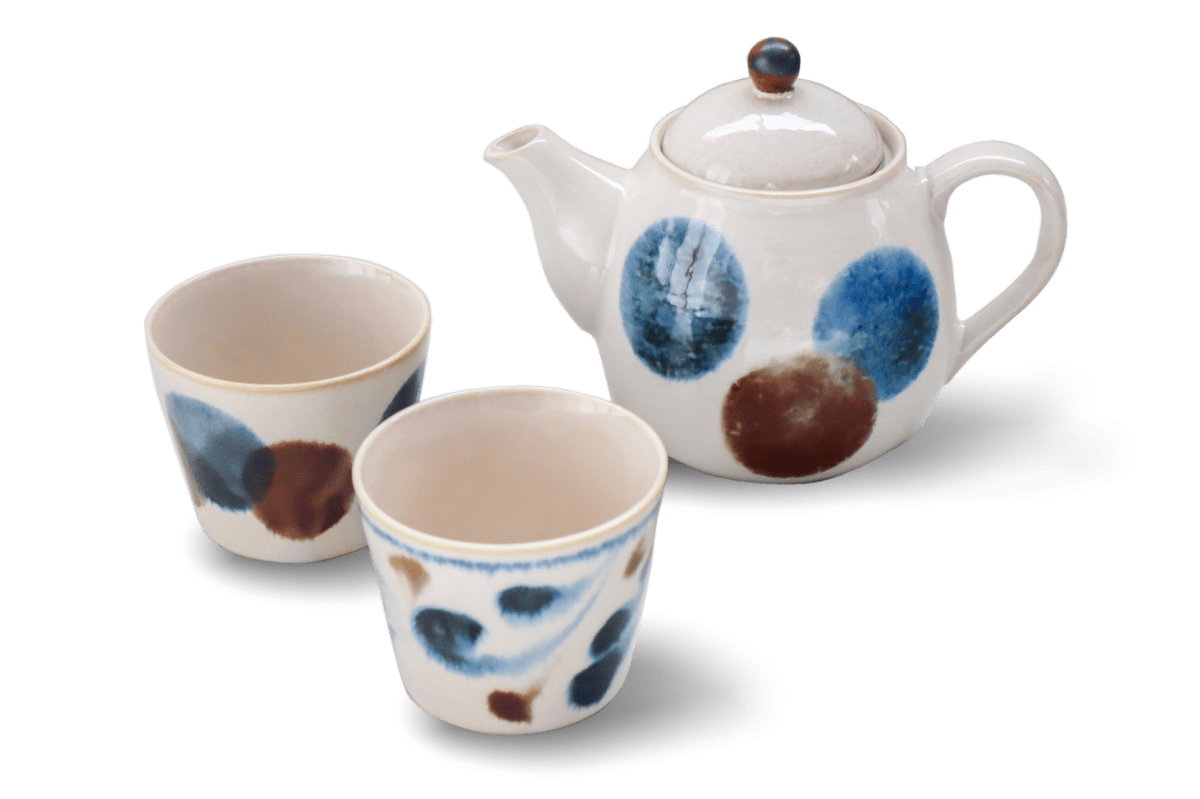
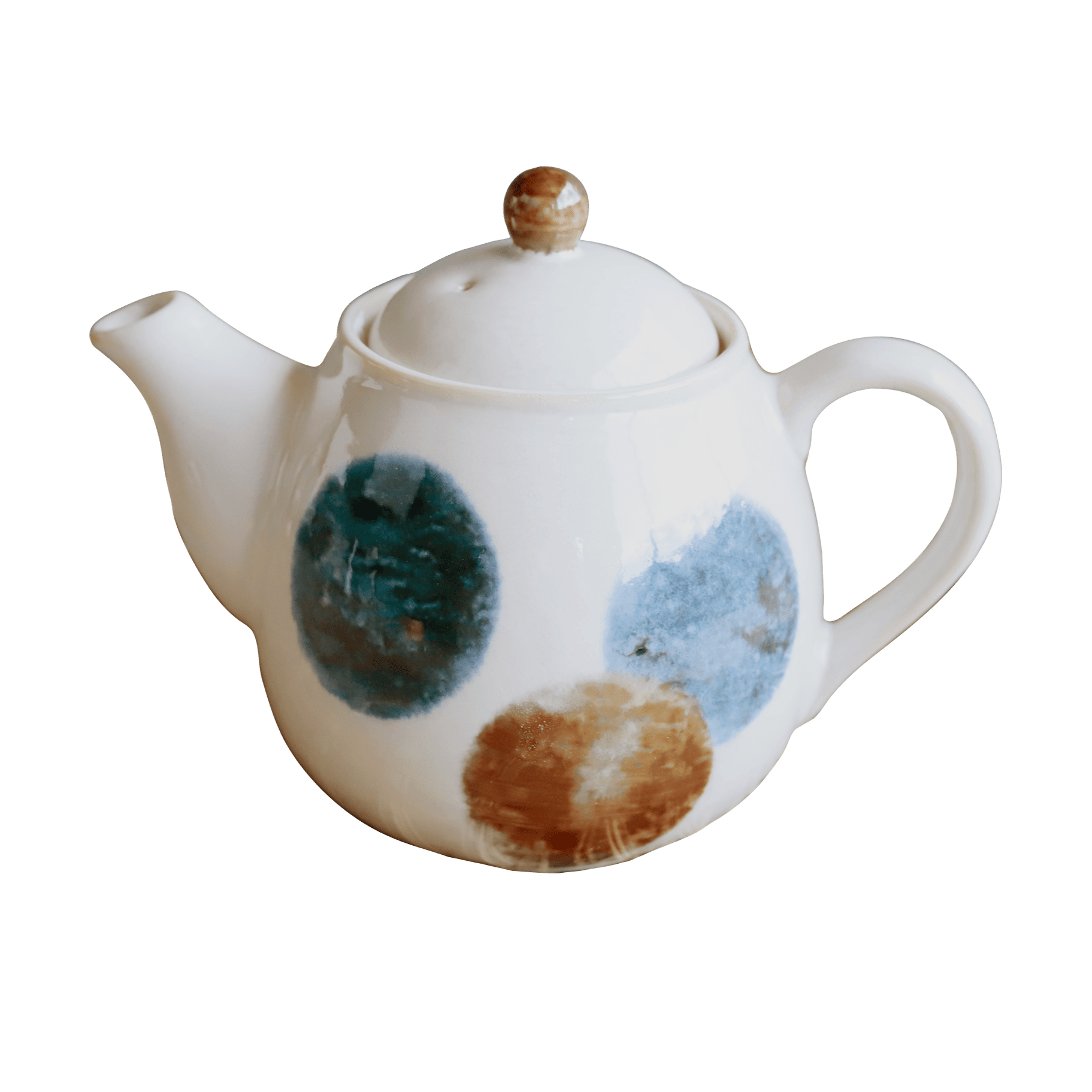
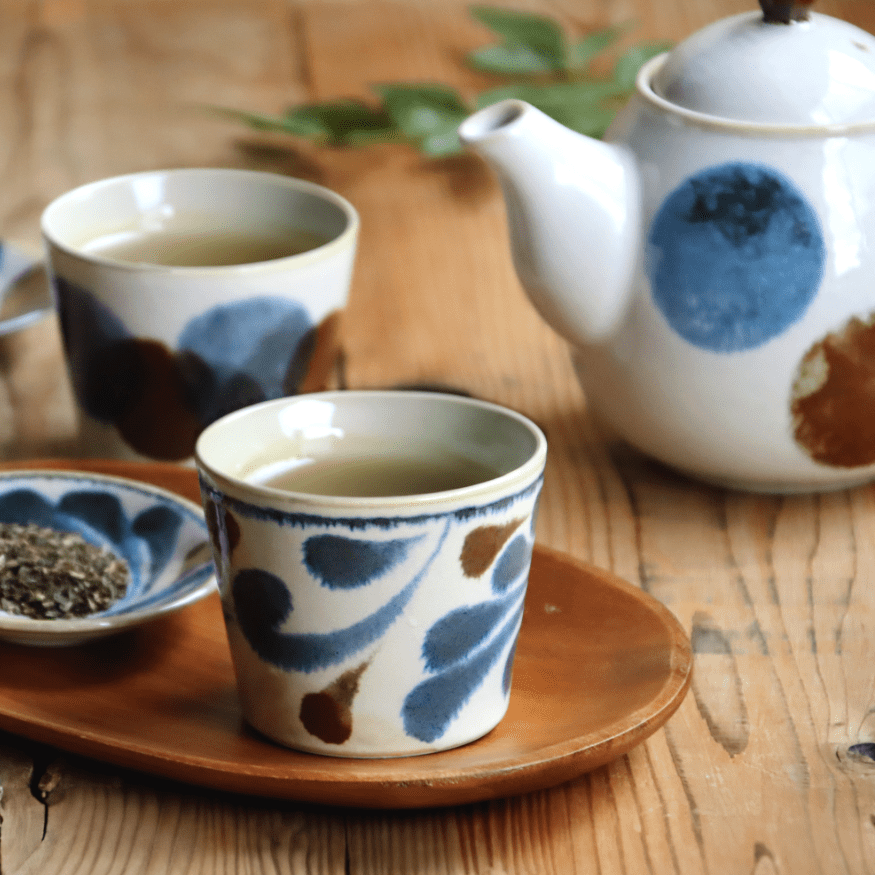
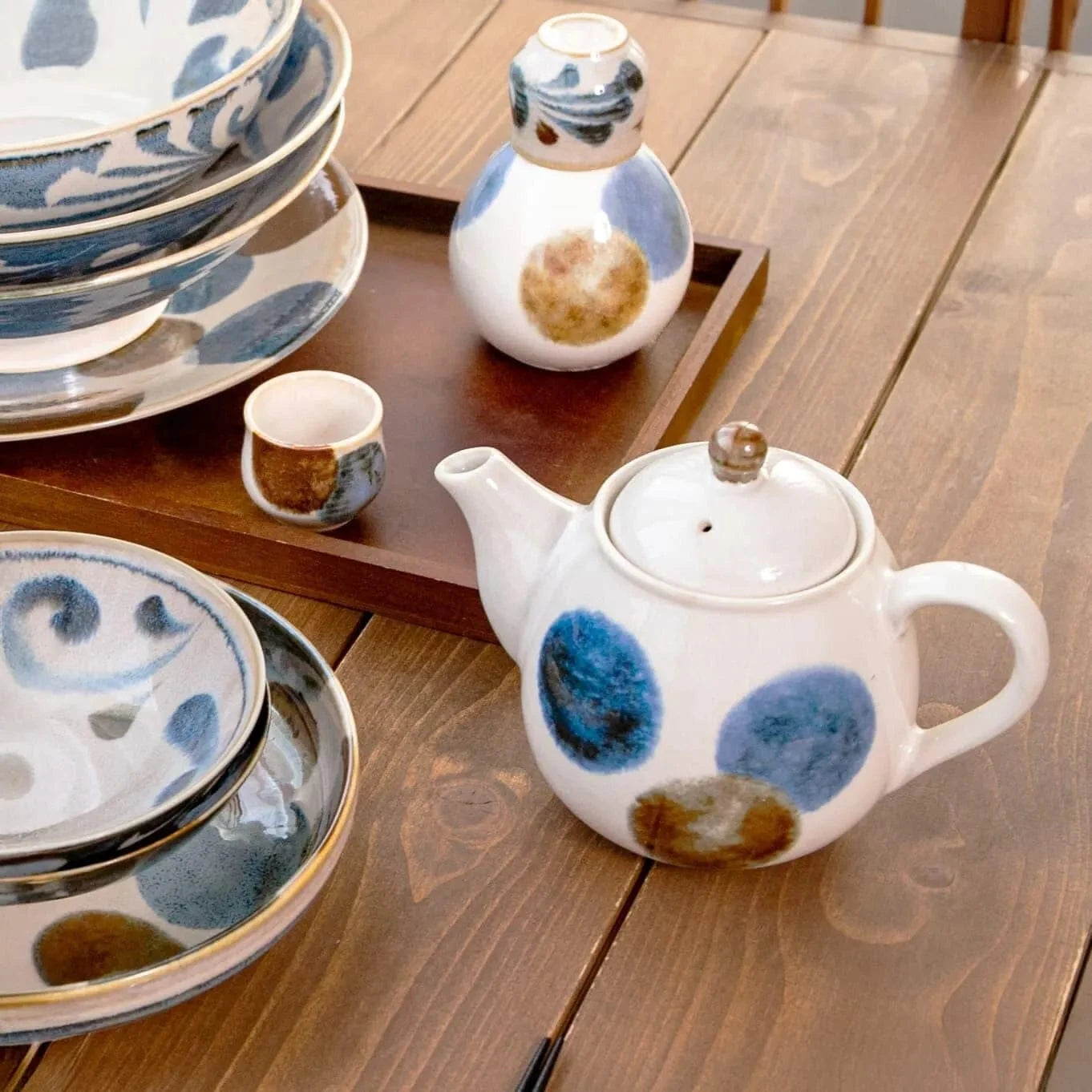
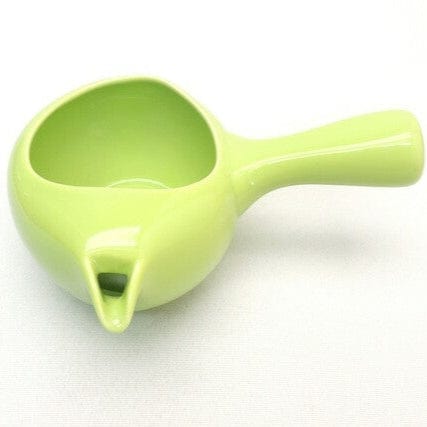
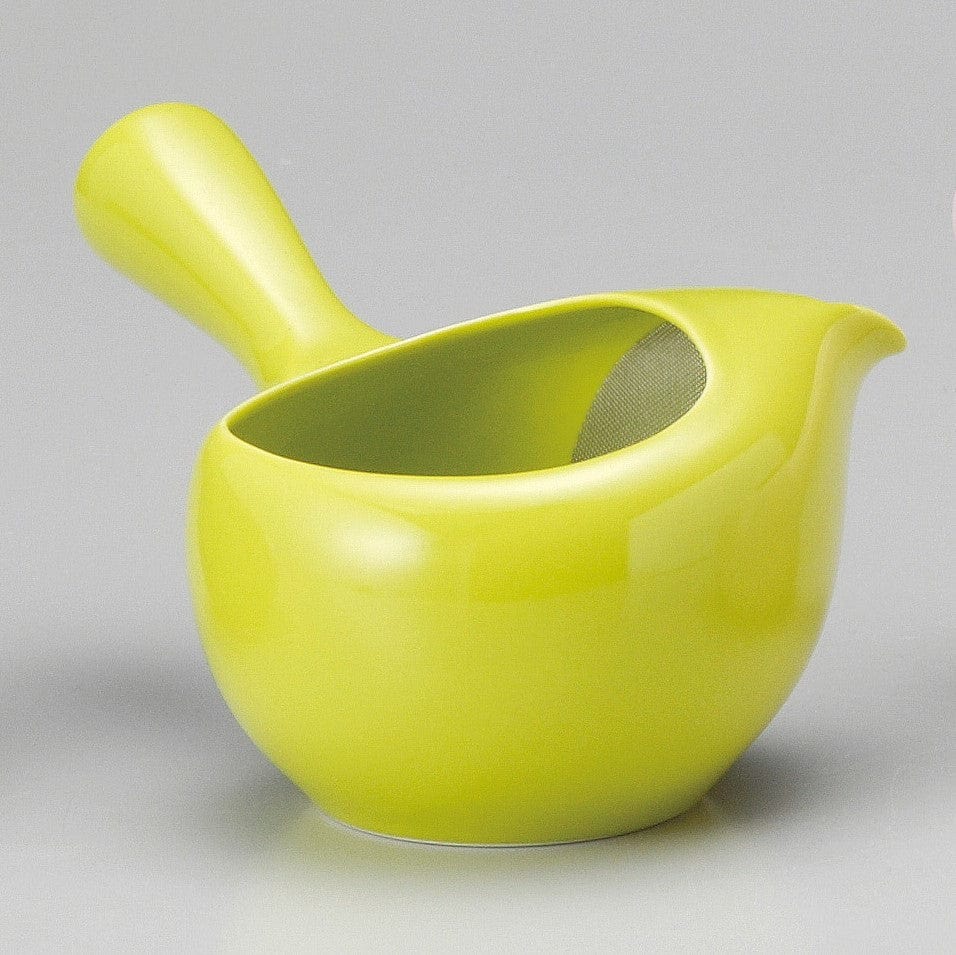
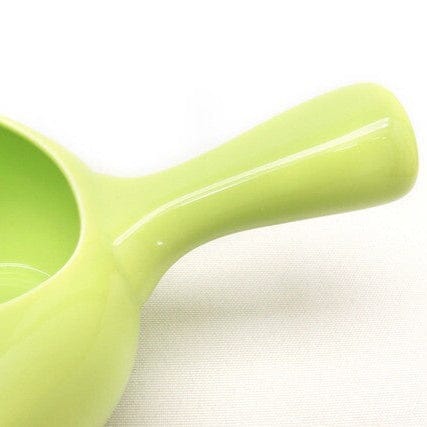
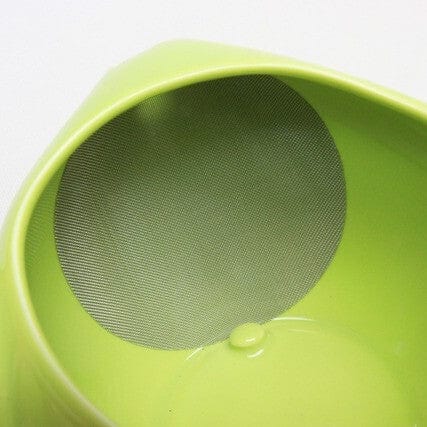
Share: